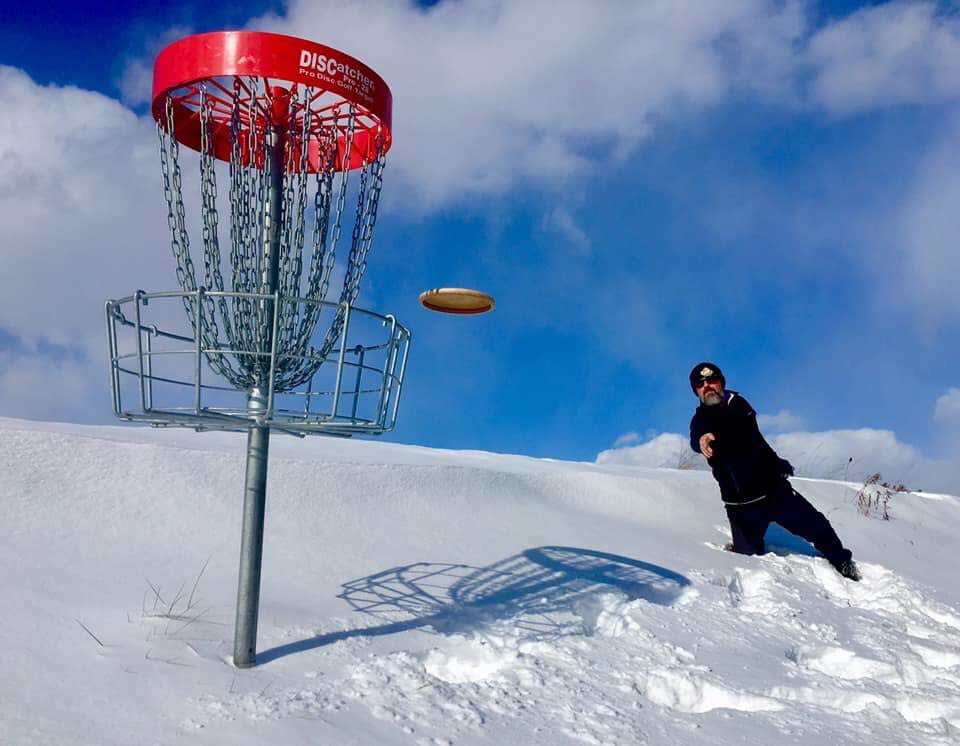
The release of your hands is one of the most important aspects of a great golf swing. This article will show you how your hands can affect your golf swing. It also shows you how to position the hands during the downswing. Learn about grip pressure and how quiet hands can help you get low takeaways. These are some things you can do to improve your golf swing.
Golf swinging requires the hands to be released.
When attempting to hit a golf ball, the release of the hands is one of the most crucial components of the swing. As the clubhead spins around your hand during the downswing the wrists should move as a strong followthrough. A good ball-striker will also straighten their trailing right arm before making contact with the ball. The early release of the hands will result in poor contact and inconsistent results.
Another key element of the golf swing is the natural rolling of your hands. Top golfers have their top hands at the top and bottom of the grips during the backswing. During the downswing, they will be closer towards the target. The hands will move after impact, which allows them to produce a more powerful swing. A lower head position helps to increase the clubhead speed.

Positioning of hands during the downswing
Amateur golfers tend to forget to use their upper bodies during the downswing. They begin the swing with their upper body rather than their lower body. This is an error that can result in significant power loss. The right arm transfers the momentum from backswing to the golf swing. The downswing is more successful if your hands are in the correct position.
When executing a golf swing, it is crucial to position the hands properly during the downswing. This is the only connection between the club & the ball. It is important to position your hands correctly during the downswing. This will make your golf swing much more enjoyable. Continue reading for more information about hand placement and how it can improve your golf swing.
Grip pressure and the effects on the hands during golf swing
Grip Pressure and Hands in Golf Swing. When holding your club, make sure your hands are tightened. This is the equivalent to the Goldilocks story with the three bears. Too loose grips can cause the club to twist when it's hit. And too tight grips will prevent you from properly swinging the club.
In order to determine how much grip pressure to apply to your hands during a golf swing, imagine holding a bird. You want to hold it firmly enough to maintain its position, but not too tightly or loosely. A spotted owl egg is another example. It should be held delicately and you can also hold it with your hand. The toothpaste analogy also helps to visualize grip.

Takeaway food at a reasonable price and with quiet hands
The fundamental aspect of a great golf swing is having quiet hands and a low takeaway. Many players confuse quiet hands with tempo, and while this is an important aspect of the golf swing, tempo itself is unimportant. It is more important that your hands perform well in the swing. This will affect the distance and accuracy of your shots.
If you are looking for a low takeaway while still using your hands to golf swing, the best place to start is the downswing. In this stage of the swing, the hands follow the arm and shoulders passively. This passive movement will give you the best chance to get a low takeaway. Also, the angle of your wrist during the backswing can be determined by your hands.
FAQ
How does golf work?
Golf is played over 18 holes using the Rules of Golf.
The first stroke takes place from behind a designated area. Players take turns hitting the balls into holes placed at various distances throughout the course. Each hole has a number of strokes that are determined by its distance from the teeing zone.
There are three types of shots that can be used in the game:
-
A drive shot is where the players use clubs in order to hit it as far as possible. This type of shot is often considered the most important.
-
Players aim for the ball to strike within a defined range in an approach shot.
-
A putt, where players attempt to sink the ball into the cup by rolling it along the ground.
Each hole must be completed by the player who has put all his/her putts in. Failure to do so will result in a loss of one stroke per unmade putt.
It is possible for players to choose to play alongside a caddy or partner. This person will be responsible for carrying their club throughout a round. While the caddie is not usually involved in the decision making process, they can provide advice on strategy and etiquette.
How can I improve my golf game?
There are many methods to improve your ability to play golf. A club could be a good option. A club can help you meet other golfers, and teach you new techniques.
You can also purchase equipment like balls and clubs. These items will improve your game.
You could also read books about golf. You can also read books about golf to gain a better understanding of the rules and regulations.
What's the best time to golf?
The ideal time to play golf is between May and September. There is rarely any rain during this period and the temperatures are usually moderate.
During the winter months, the weather can get very cold. Additionally, it can be difficult to walk the fairways when there is snowfall.
The grass can grow too high in spring and autumn making it difficult to see the flagstick.
Statistics
- They do this by means of assessing and rating courses according to the average good score of a "bogey golfer," a player with a handicap of around 20. (en.wikipedia.org)
- They do this by means of assessing and rating courses according to the average good score of a "bogey golfer," a player with a handicap of around 20. (en.wikipedia.org)
- Professional golfers typically make between 60% and 70% of greens in regulation. (en.wikipedia.org)
- In the United States, the number of people who play golf twenty-five times or more per year decreased from 6.9 million in 2000 to 4.6 million in 2005, according to the [51] (en.wikipedia.org)
External Links
How To
How to Make a Perfect Swing in Golf
A good golfer has a strong understanding of how to play his game and what he needs to do to improve his performance. He should be able to recognize when to use different clubs, grips and stances.
These tips will teach you how to play great golf.
-
Start with the basics - Before you can start to practice your swing, it is important that you understand the rules of golf.
-
Practice makes perfect. - You can practice by going out in nature or indoors and hitting balls at a target. This gives you the opportunity to improve your form and technique while not causing yourself any harm. Once you feel confident with the mechanics and form of your swing, play a few holes of golf.
-
Be ready to hit any ball - Make sure you are ready by checking your grip, posture and alignment before you hit it. Adjust if you feel uncomfortable.
-
Keep it simple. Don't try and copy another player's swing. Instead, take inspiration from great players such as Tiger Woods, Phil Mickelson or Jack Nicklaus. Because they have perfected and practiced their own style, they are masters in their field.
-
Technology is key to improving your golf game. There are many apps available today that can help you analyze your swing, track your score, measure distances, and even give you advice based on your statistics.
-
Be consistent – When practicing, keep these principles in mind. * Only work on one aspect of your game at the time. For example, if your goal is to improve your short game skills, you should only work on the short games drills. Don't mix long and short drills.
-
You should only focus on one aspect of your body at time. For instance, if you're working hard on your left arm, then forget about your right arm. It won't improve your overall game.
-
Always be honest - Never cheat yourself by lying to yourself. Also, if your self-esteem is higher than it really is, you are cheating yourself.
-
Play with friends – Playing with other people will encourage you to improve your game. In addition to helping you stay motivated and giving you friendly competition, it also helps you keep your mind open.
-
Know your strengths & weaknesses. Determine where you excel, and where you need to improve.
-
Have fun. - Enjoy the process of learning how to play golf. Remember, there is no such thing as "perfect" at anything. You will still enjoy the journey, even though you might never achieve perfection.